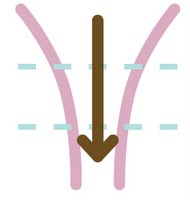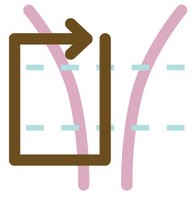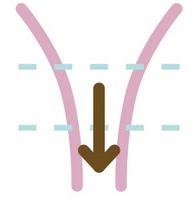Advantage : The Secret to Creating Long-Term Value 5
Design Advantage : The Secret to Creating Long-Term Value 5
Derived from: Roger Martin's The Design of Business
RAP3 : Opportunities
PROFIT : The Knowledge Funnel highlights four distinct opportunities to design, re-invent, innovate and exploit your business. The opportunities we create will depend upon where we start, where we finish and where we re-visit.
 A New Business
A New Business To start a new business... and I mean a business that does something new... you need to start at the top of the funnel.
Your challenge is to take an idea, an issue or a concern and translate it into a new way of doing things.
Then, you need to convert this into a business system that can produce the same result consistently over time.
Think McDonald’s and how they’ve changed restaurants on a global scale.
 Big Innovation
Big Innovation Going from Mystery to Algorithm can also be applied to an existing organization.
For instance, a traditional industry transforming into a digital one requires this progression down the full knowledge funnel.
The big challenge here is the willingness to take on the task of questioning everything you do.
It’s not just an innovation challenge, it also requires a cultural change.
 Systematize
Systematize In his bestselling book, The E-Myth Revisited, Michael Gerber suggests that most small businesses fail because they don’t build systems.
For instance, a typical technician like a plumber, architect or coach starts with the heuristics of their profession, craft or trade.
The key to their business success lives in their ability to translate these into effective step-by-step, easy-to-follow procedures.
Without this, they’ll never be able to effectively outsource, add employees and build a business beyond themselves.
 Little Innovation
Little Innovation Going from Heuristic to Algorithm is the chance to revisit a blind spot and reinvent your processes and your offers.
This is a potent opportunity for all businesses.
For instance, a law firm could systematize their knowledge so a lesser qualified, lower paid employee could perform the same work.
Alternatively, a trainer could restructure their work to produce the same result in less time, to more people at the same time or to franchise it for other people to run.
Labels: Business Design, Design, Design Advantage, Design Thinking, Roger Martin, The Design of Business


0 Comments:
Post a Comment
<< Home